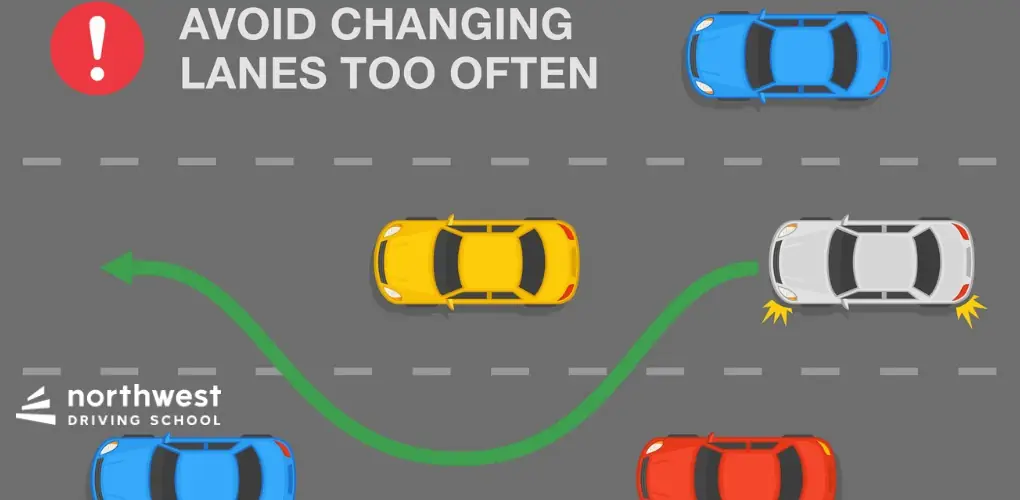- Others
Mastering Lane Changes: Step-by-Step Tips for Staying Safe

Learning how to change lanes safely is one of the key skills you need to master if you are a driver in Nevada. A lane change is what you do when you shift your vehicle from one lane into another, typically to pass a more slowly moving car in preparation for a turn or to get out of a hazard.
Sounds easy, but if it’s not done correctly, it can cause confusion or get you into a collision. Safe lane changing promotes smooth traffic flow and keeps all drivers on the road safe. Knowing what steps to take matters greatly in areas such as Las Vegas or on speedy highways in Nevada.
This blog will provide straightforward advice on changing lanes wisely. If you intend to learn to drive in Nevada, these tips will help you form healthy habits from day one.
When Should You Change Lanes?
There are a few bright and safe times to change lanes while driving. One common reason is that moving into the correct lane early helps you make your turn smoothly when you’re getting ready to turn or exit.
If traffic is moving faster in another lane, you might also need to go around a slow-moving vehicle. If construction, debris, or something dangerous in your lane, it’s a good idea to shift away from it to stay safe.
Sometimes, you may change lanes just to keep a better flow with traffic or to get a clearer view, especially if a large truck is blocking your sight. The key is constantly changing lanes with a purpose, only when it’s safe.
Guide to a Safe Lane Change
Always Check the Traffic Around You
You should always look at what is happening on the road before you change lanes. It includes what is in front of, behind, and beside you.
Check ahead to see if a space is open in the lane you wish to enter. Next, check your rearview mirror to see if there are any cars behind you. You must also check your side mirrors to see what is on your left or right, depending on your direction.
Spending a few seconds looking around you prevents you from cutting off another driver or encroaching on the space next to a car.
Use Your Turn Signal When Switching Lanes
Before a driver changes lanes, the driver turns on the signal. The signal lets other drivers know the driver plans to move left or right and provides them with time to slow down or move over.
Signal use is a simple way to stay safe on the road and prevent confusion. A driver shows care and thinks about others, not just the driver. Always signal first, even if the road appears empty.
Blind Spot Monitoring
Before you change lanes, you must check your blind spot, the area next to your car that you can’t see in your mirrors. A car, motorcycle, or bike could be hiding there; you might not see it if you don’t look over your shoulder.
Always quickly glance over your shoulder in the direction you plan to move. Some cars have blind spot warning systems that alert you with a light or sound if something is there, but it’s still smart to double-check yourself. This simple habit helps prevent accidents and keeps everyone safe.
Final Thoughts
Small habits, like using a turn signal and checking a blind spot, appear minor. However, they can help a driver feel safer on the road.
Northwest Driving School is a great place to start if you want to learn how to drive with confidence and skill. Our friendly instructors make learning easy by teaching you step by step, using simple lessons that are easy to understand.
You’ll also get plenty of real driving practice to feel ready and safe on the road. Whether you’re just starting or want to get better, we’re here to help you every step of the way.


